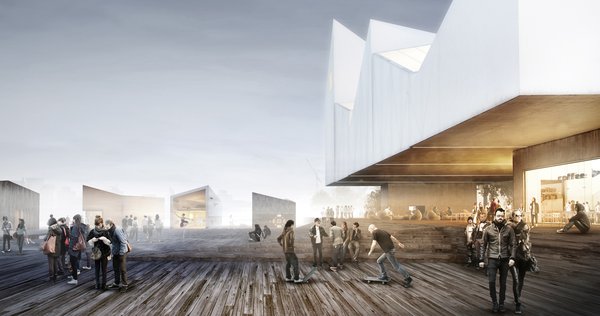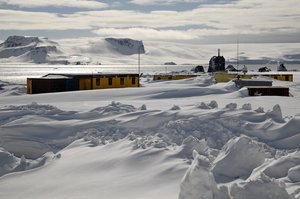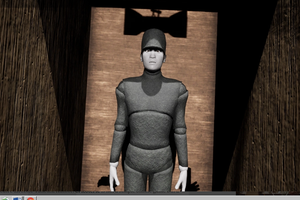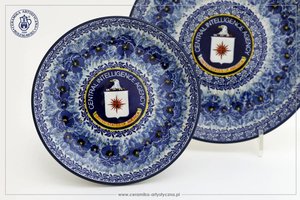Baltic Sea Art Park
Polish architects from the Warsaw WXCA architectural firm won an international competition for a design of a floating art gallery of the Baltic Sea states that will be built in the city of Pärnu, Estonia.
An international jury honoured the Polish design for its simplicity, elegance and for creating an artistic bridge between the Baltic Sea cities’ past and present. “The jury liked the fact that we have situated the gallery’s main building next to a floating square – a large moored wharf that will be a place for cultural exchange, like the market places in old seaports where goods were traded,” Marta Sękulska-Wrońska, an architect with the WXCA, told Polska.pl.

The square on the water
The square on the water will be surrounded by pavilions of 9 countries: Estonia, Latvia, Lithuania, Russia, Poland, Germany, Denmark, Sweden and Finland with the Åland Islands. Each country will design its own external pavilion and decide what to exhibit inside. The whole Baltic Sea Art Park in Pärnu will become an exhibition area of the nine countries’ cultural achievements. Since the pavilions will float on water, the exhibition will be hauled to other seaside towns. From time to time, the pavilions will also visit Poland.
 A permanent element of the floating gallery will be an exhibition building on the bank of the Pärnu river. “Its construction will refer to a traditional Northern House, i.e. a typical construction common for the Baltic Sea region” says Sękulska-Wrońska. “In the old times, the ground floor served as living quarters, while the upper floor was used as granary where grain transported by cranes was kept, just like in Gdansk, to keep it away from water. And so the ground floor of the exhibition building with coffee houses will be an open meeting place for the inhabitants of Pärnu, while the upper floor of the gallery will contain the most valuable collections, a sort of an art granary,” added the architect.
A permanent element of the floating gallery will be an exhibition building on the bank of the Pärnu river. “Its construction will refer to a traditional Northern House, i.e. a typical construction common for the Baltic Sea region” says Sękulska-Wrońska. “In the old times, the ground floor served as living quarters, while the upper floor was used as granary where grain transported by cranes was kept, just like in Gdansk, to keep it away from water. And so the ground floor of the exhibition building with coffee houses will be an open meeting place for the inhabitants of Pärnu, while the upper floor of the gallery will contain the most valuable collections, a sort of an art granary,” added the architect.
The design of the floating gallery will not remain an artistic vision on paper. “There is a big chance that the Baltic Sea Art Park will be launched in 2017,” says Marta Sękulska-Wrońska. Its construction will be co-financed by the European Union.
The winning architects are: Zbigniew Wroński, Szczepan Wroński, Marta Sękulska – Wrońska, Małgorzata Dembowska, Krzysztof Moskała, Michał Czerwiński, Sebastian Kochel.
MAGDALENA MAJEWSKA
19.09.2014







